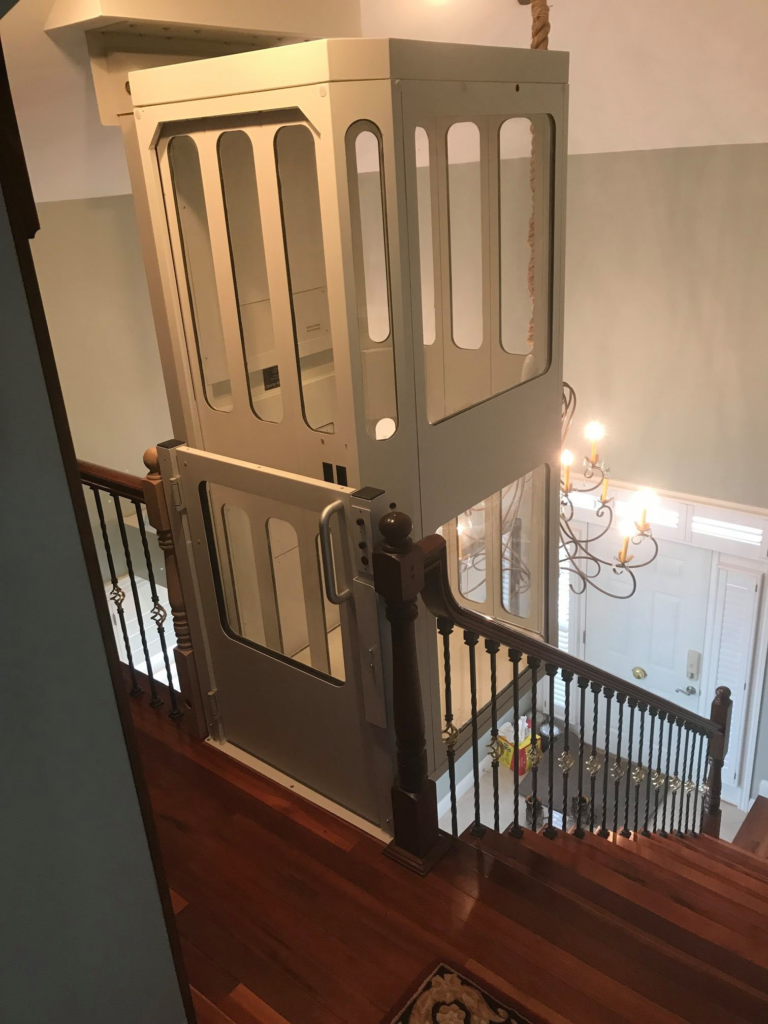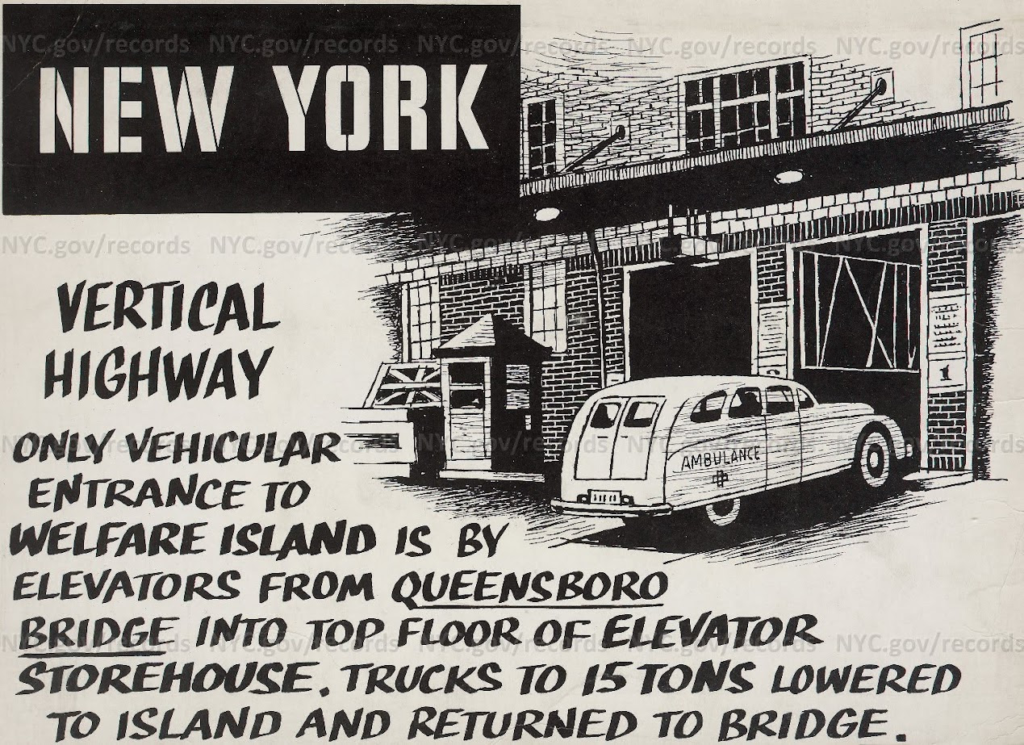Friday, January 19, 2024 – NEW ELEVATORS ARE PERFECT…..OF COURSE


FROM THE ARCHIVES
FRIDAY
JANUARY 19, 2024
CITIES 101:
HOW DO
“SMART ELEVATORS” WORKS
UNTAPPED NEW YORK
ISSUE# 1166

There are two kinds of lines in New York: the line for the latest must-have item (cronuts, tickets to Book of Mormon, the latest iPhone) and dreaded transit lines (trains, airport security, elevators). In fact, an IBM study indicated that New York office workers spent a total of 22.5 years in 2010 waiting for–or stuck in–an elevator. If time is money–and it usually is–then elevator travel in large buildings can be expensive. “Smart” elevators, such as the Schindler Elevator Company’s Miconic 10, clusters passengers based on similar destinations to cut travel time by an average of 50 percent.
The passengers first enter in their desired floor as they approach the elevators. The keypad sorts them into groups of similar destinations and assigns specific elevators to each passenger. So passengers going to floors 26, 28 and 32 would be assigned one elevator, while passengers who keyed in floors 50, 54 and 55 would take another. In cases when every second is necessary, the Schindler elevators can also detect employees via their ID badges.
On the way down, full elevators skip floors to minimize wasted stops. The Miconic monitors each car’s current weight, and ceases to make stops once the weight passes a certain limit. The system also tracks traffic patterns and remembers the most frequently called floors. The decrease in trips preserves equipment longer as well.
“It’s like taking a limousine rather than a bus,” Schindler president of North American Operations Scott Stadelman said in 2006.
While the smart elevator is designed to be intuitive, smart technology always takes some adjustment. In the Miconic 10, there’s no need for buttons, which may feel counterintuitive for first-time users.
As of 2006, the Miconic had been installed in over 200 New York buildings, including Hearst Tower and the New York Marriott Marquis Hotel. With the average elevator wait cut from three minutes to just under a minute, it looks like New Yorkers have freed a few years of their schedule–so they can wait on line for more worthwhile things, like Umami Burger.
FRIDAY PHOTO OF THE DAY
SEND YOUR RESPONSE TO:
ROOSEVELTISLANDHISTORY@GMAIL.COM

THURSDAY PHOTO OF THE DAY
SEE RESPONSES BELOW

CREDITS
ROOSEVELT ISLAND HISTORICAL SOCIETY ARCHIVES
UNTAPPED NEW YORK
JUDITH BERDY
MAYA LEVANON-PHOTOS TIK TOK & INSTAGRAM
FROM OUR READERS:
I appreciated your Historical review of Elevators untill Myrita just called from Motorgate where she was with a heavy bag and two dead , inoperative elevators !! Have we come very far ? Where is Mr. Otis when you need him ?? Ross Wollen
As a kid growing up in New York City (and one who LOVED elevators!),
I was fascinated by the variety and opulence of our elevators. To begin with,
most elevators had operators. Whether at Lord and Taylor or my parent’s
friends apartment building on East 59th Street, an attendant — quite often in
uniform – was present to preside over the ride. And the equipment had endless
variety: At Masters – a department store in Flushing, Queens – the operator not
only made the car move with an elaborate brass handle, but he physically had
to open both an interior gate and an exterior door, by hand. At Bloomingdale’s
the bank of cars also had gates but the operator merely started the motion of
the car and it miraculously travelled to the next floor, glided to a
smooth stop and the doors opened by themselves, AUTOMATICALLY!
My father owned a fine watch and it required repair. The facility was in the brand-new Seagram’s building on Park Avenue on one of the top floors. I came along (in 1959?) and experienced my first self-service high speed ride. How fast? Dad said when the car slowed down and landed near the top of the building, his “body and soul separated”.
At Sak’s Fifth Avenue, the operators were provided with cards, which
went into a little slot above their control panel. Each said the person’s name:
“Operator: Miss Jones”. At Saks 34th Street, the line of elevators stood behind a three story wrought-iron facing,
and one could stand anywhere on the regal first floor and watch the cars sail upstairs silently and majestically.
At Macy’s. sometime during the sixties, the store began replacing the original elevators with self-service models — but, astonishingly, they TALKED. A
recorded voice – female -would pour from a loudspeaker in the new, modern interior and say “Arriving fifth floor. Going Down”. The express cars even had a little commercial, which played while you rode from floor one to seven: “This is Macy’s – the world’s largest store – Arriving Seventh Floor. Going Up”.
Elevators in New York were made by dozens of manufacturers, and the names were prominently displayed. Of course Otis and Westinghouse cars were everywhere but so were machines by Armour, Serge, A-B-See, Turnbull, Plunger … and Watson. Watson elevators were of particular interest to me because they would show up in little buildings – a two story medical office or small store or bank. They were small, with a three to four person capacity. I guess, being small myself, they were kind of like toys and I probably would have liked to take one home.
The Watsons were, of course, self-service. But as I mentioned earlier, most elevators in our city were in the hands of operators. It was sad, as the sixties progressed , to watch the operators disappear. Often, a “relationship” developed between operator and passenger, particularly in an office or residential building. My first Manhattan job was in Rockefeller Center and, even in the 70’s, many of the elevators still had uniformed men running them. “Good morning, Mr. Ludwig”, they would say. “How was the weekend?” One didn’t say a floor; they knew where you were going. Alas, that mechanical voice on the new Macy’s cars just wasn’t the same….
guy ludwig
warren, vermont
All image are copyrighted (c) Roosevelt Island Historical Society unless otherwise indicated
www.tiktok.com/@rooseveltislandhsociety
Instagram roosevelt_island_history
THIS PUBLICATION FUNDED BY DISCRETIONARY FUNDS FROM CITY COUNCIL MEMBER JULIE MENIN & ROOSEVELT ISLAND OPERATING CORPORATION PUBLIC PURPOSE FUNDS.


Copyright © 2024 Roosevelt Island Historical Society, All rights reserved.Our mailing address is:
rooseveltislandhistory@gmail.com

Leave a comment